Recently rebuilt, and really three conjoined squares, Kato's Rynek mixes uneven architecture with palm trees, trams and massive events to create a modern urban hub.
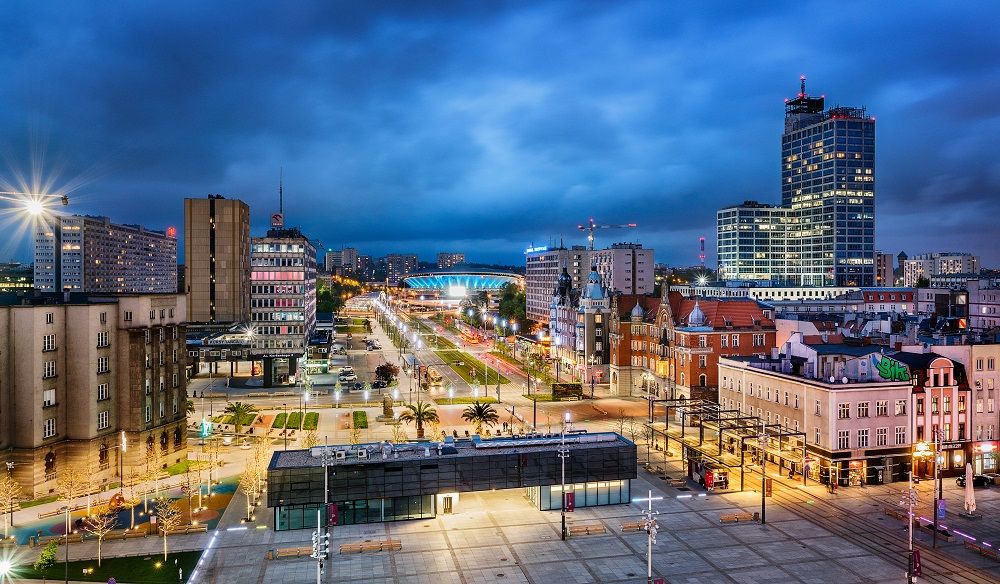
Until recently, one could easily be forgiven for standing in the middle of Katowice's market square and trying to find the market square. Following a thorough renovation, in 2016 the snazzy new Rynek 2.0 was reopened complete with a flowing river, deck chairs, benches, and a spattering of flowers beds and trees. Before the massive overhaul (and we mean massive!), Katowice’s ‘Rynek’ was basically a large traffic roundabout and tram stop surrounded by a faded collection of mismatched buildings in architectural styles that had mostly fallen out of favour (if they ever engendered any enthusiasm to begin with). This was mostly a consequence of post-war authorities tearing down many of the market square's historic tenement buildings, and replacing them with massive modernist monoliths in the 1960s and 70s. By the turn of the century, the effects were increasingly seen as disastrous, and plans to once-again modernise the centre of the city began in earnest in the early 00s.
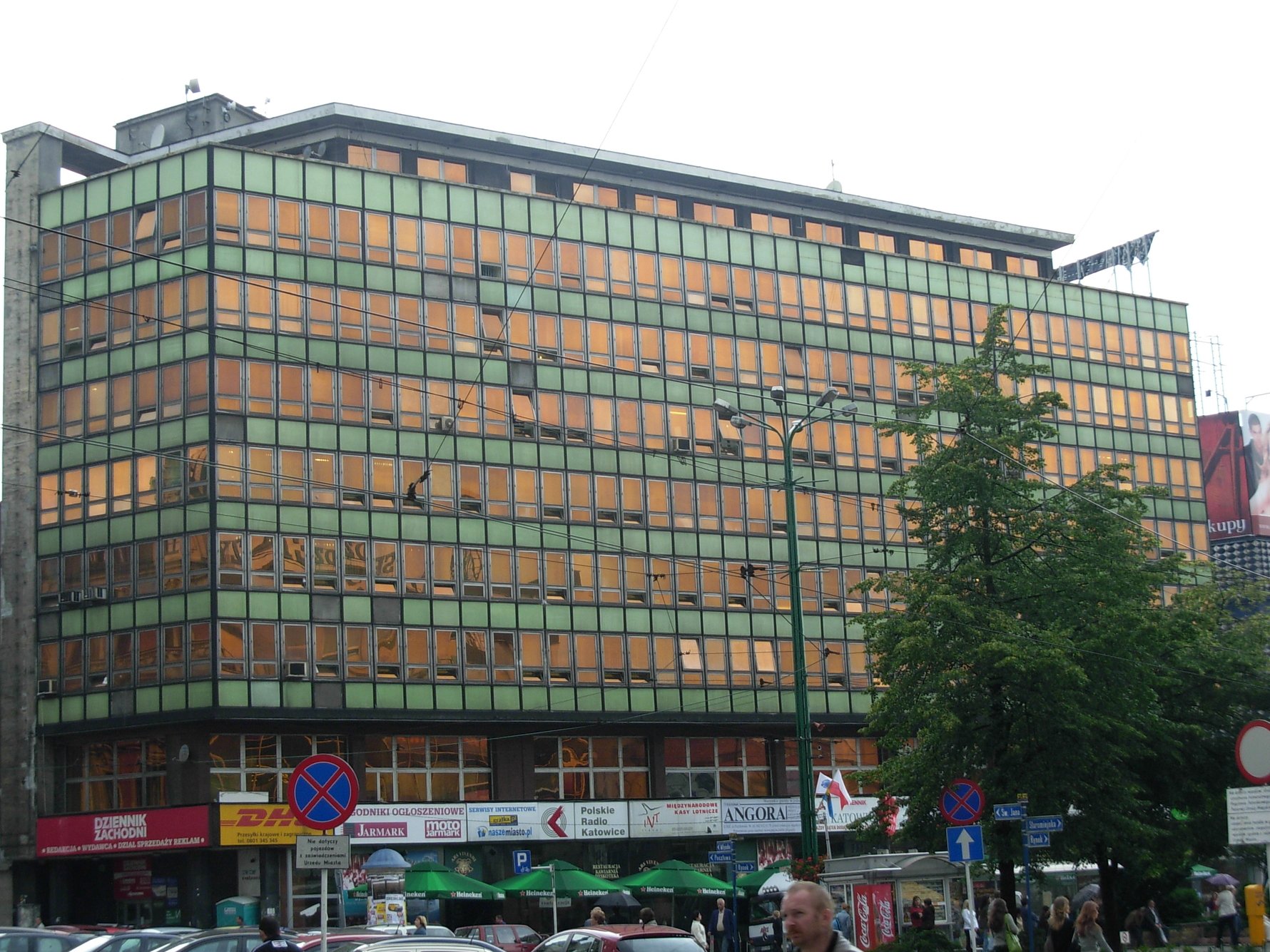
The first step was modernising the Soviet-era Silesian Press House (1963), which uglied up an entire block between ul. 3 Maja and ul. Młyńska (Rynek 1), before it was dramatically transformed it into Katowice City Hall's Office of Resident Services.
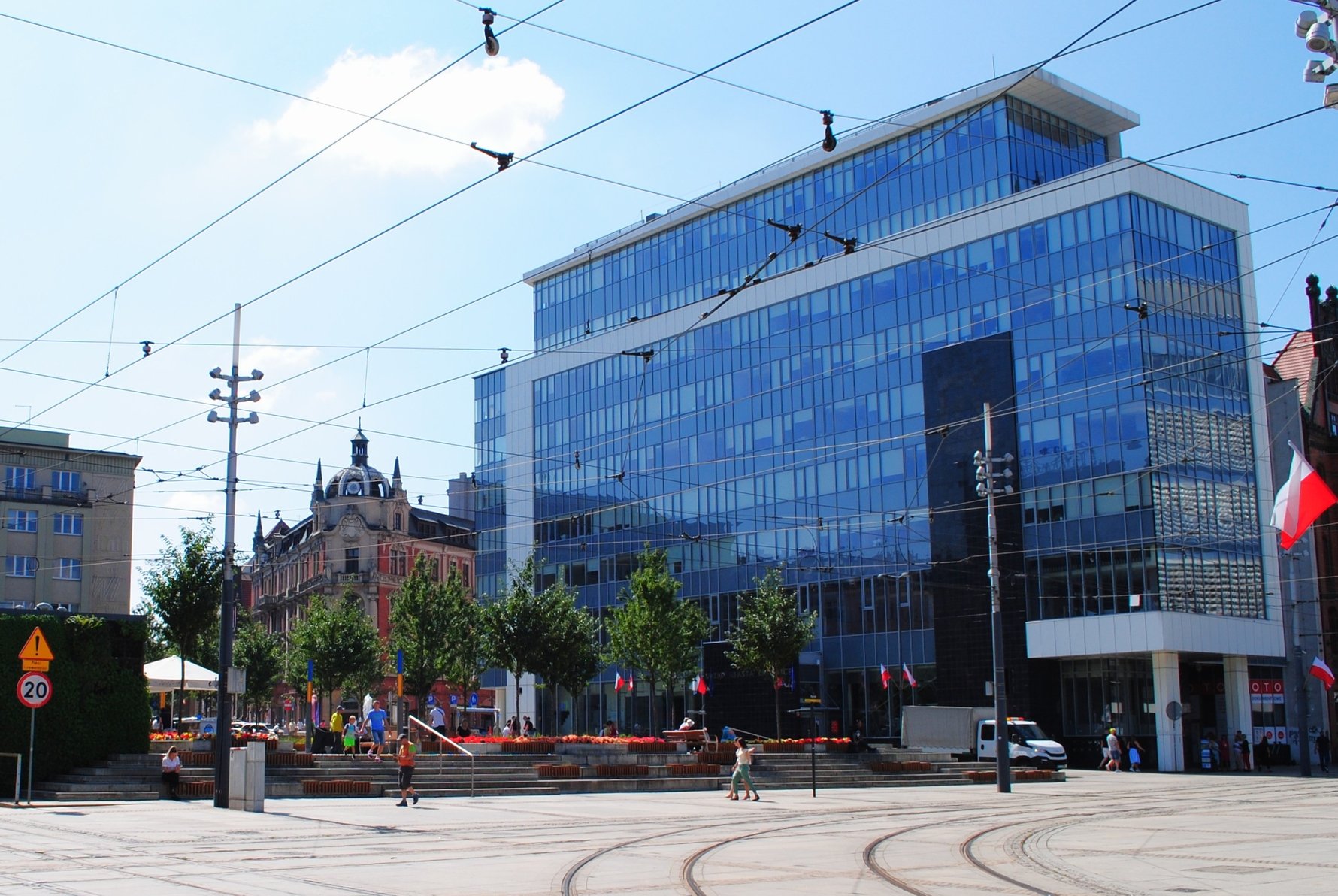
Across from it, the renovation of the 'Zenit' cooperative department store (1962) was perhaps less transformative, but an improvement nonetheless, while the 'Skarbek' cooperative department store next door retains much of its original design, including some groovy exterior elevators. Together these three buildings - grandfathered in from the Rynek's 1960s redesign - continue to characterise Katowice's market square, for better and for worse. Or just worse, actually.
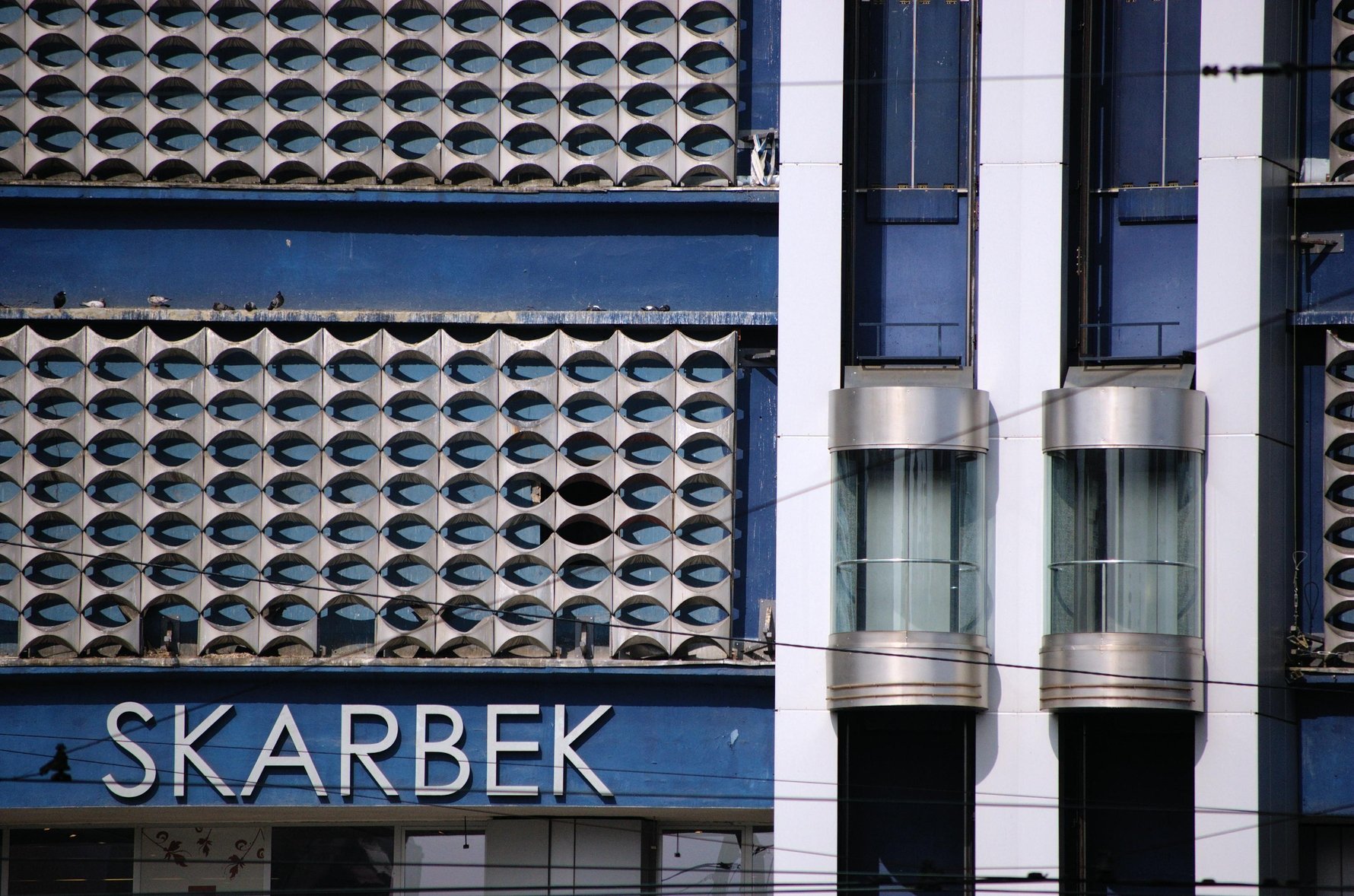
Following Katowice Market Square 21st-century overhaul, the Rynek is really composed of three conjoined public squares, known separately as Plac Kwiatowy (Flower Square - featuring benches, wooden steps and flowershops), Plac Teatralny (Theatre Square - reserved as an open platform for large events like the city's Christmas market) and Plac Obrońców Katowic (Defenders of Katowice Square - home to the Katowice Scout monument). Between the latter two a modern two-story pavilion was built, behind which flows a small artificial river lined with potted palm trees. Public transport is still a key characteristic of the market square, with trams intersecting it and running in all directions. Topping it off, despite the fact that Katowice was not a medieval city, nor did it ever have defensive walls or guardsmen, the city now has its own hejnał (bugle call), which is played from the top of the handsome tenement building at the corner of Młyńska and Pocztowa streets each day at noon.
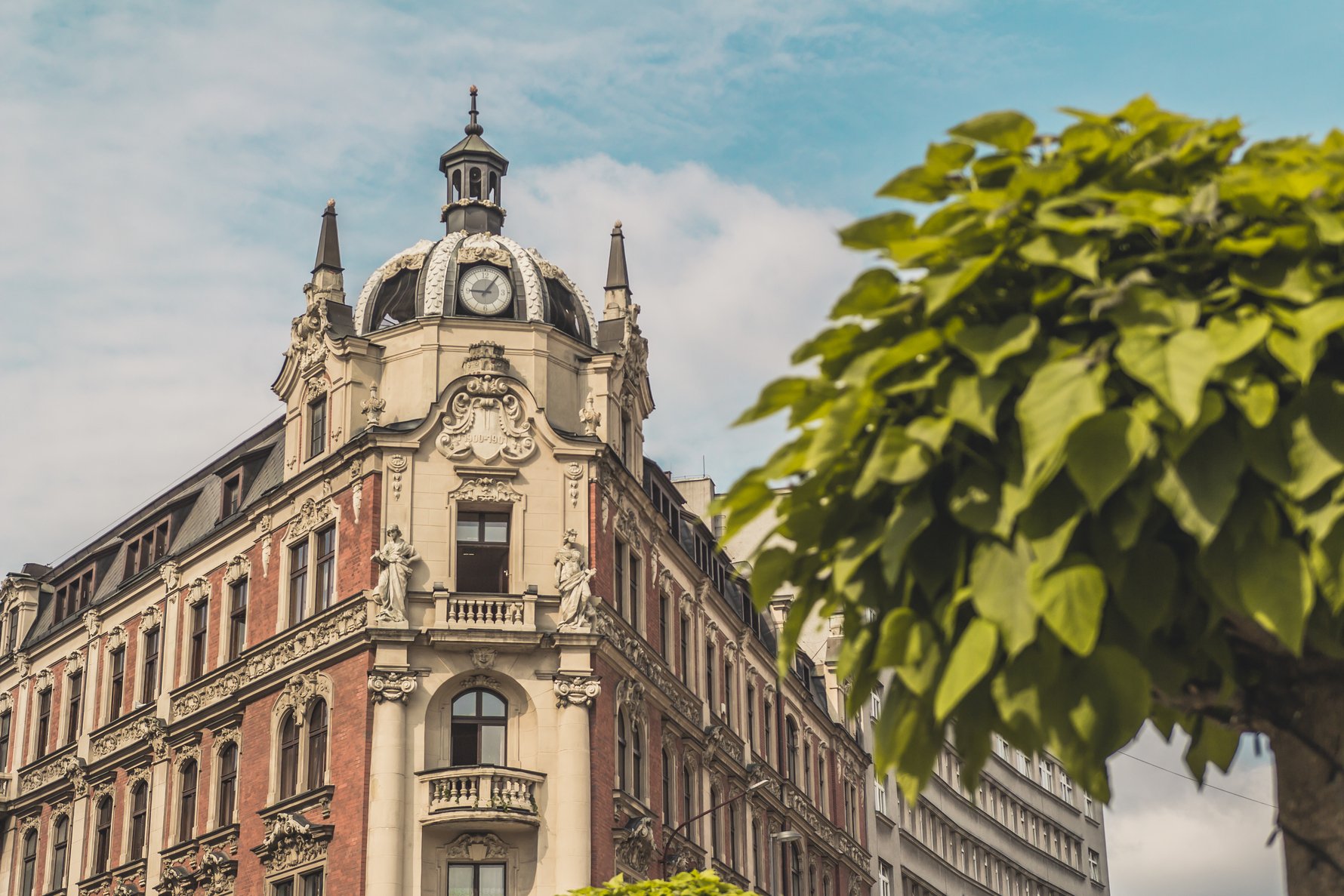


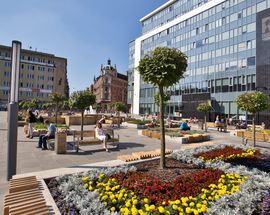
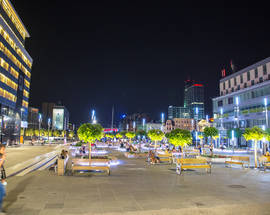

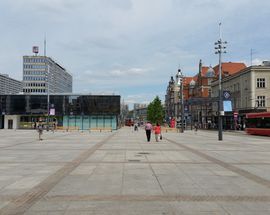
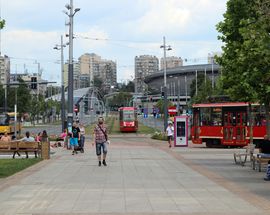
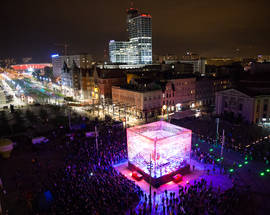

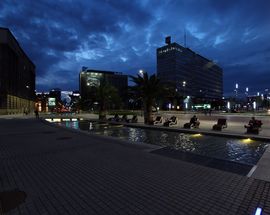
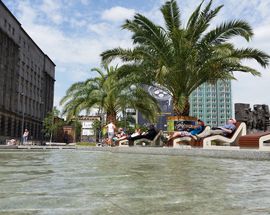

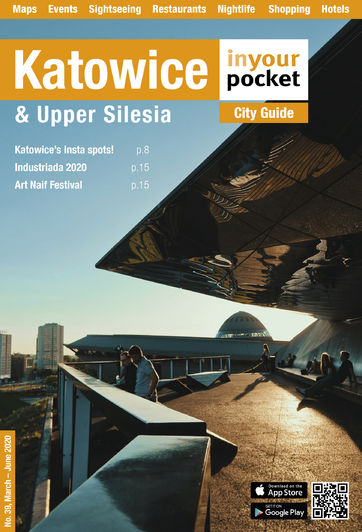
Comments